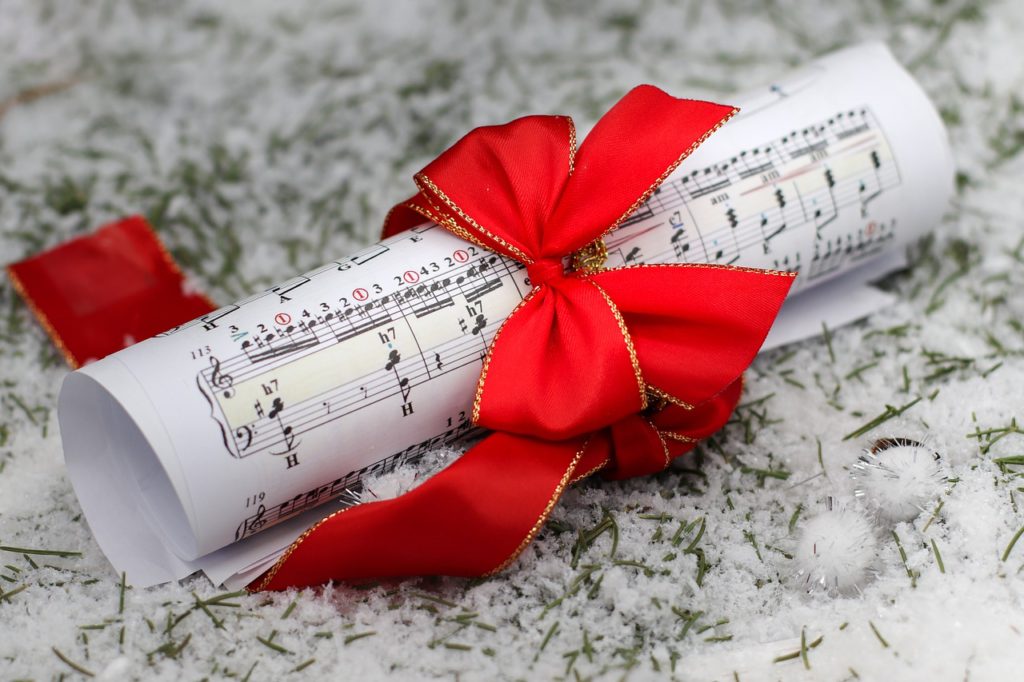Have you ever wondered why a chord works with one instrument’s tone color (or a particular timbre of voice) but not another? Do you want to know what to listen for when tuning up your chords? Timbre and harmony are intimately related and understanding that relationship will deepen a composer’s knowledge of music. Also, it’ll help vocals, woodwinds, brass, and violins to know what to listen for when tuning up chords. Keep reading to learn the secret relationship of timbre and harmony. Estimated reading time 3 minutes.
Read More

